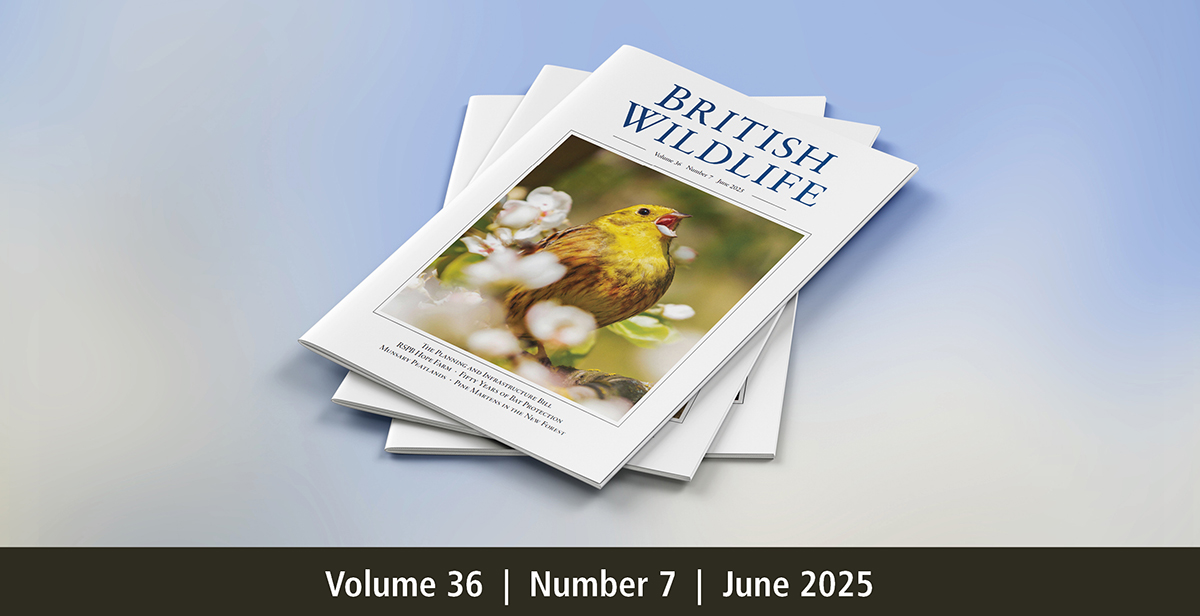
In this issue
The Planning and Infrastructure Bill – RSPB Hope Farm – Fifty Years of Bat Protection – Munsary Peatlands – Pine Martens in the New Forest
Contents:
- 469 Comment: Will the Planning and Infrastructure Bill benefit nature?
- 475 Natural Reflections
- 476 RSPB Hope Farm at 25
- 486 Habitat Management News
- 488 Half a century of legal protection for bats in Britain: a personal perspective
- 496 Wild Story
- 497 Munsary Peatlands Reserve and the science of the flow country
- 505 Flying Kites
- 506 Pine Martens in the New Forest: past, present and future
- 512 The Strawberry Tree
- 513 Wildlife Reports
- 536 Conservation News
- 541 Changing Perspectives
- 543 Book review: Nature Needs You: The Fight to Save Our Swifts
- 544 Book review: The Cuckoo Calls the Year
- 544 Book review: Ants. Second Edition
- 545 Book review: The Natural History of Blenheim’s High Park
Articles in this issue
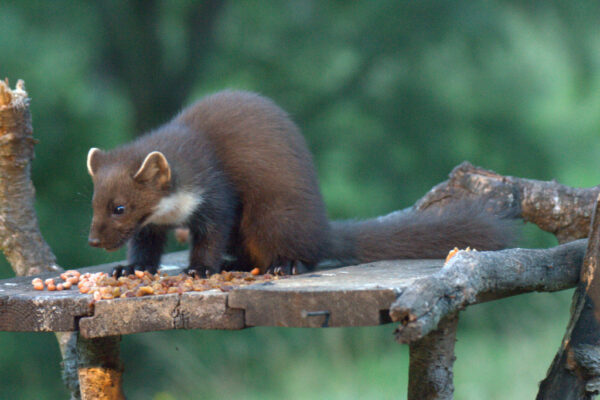
Pine Martens in the New Forest: past, present and future
During the Mesolithic period (c. 15,000–5,000 years ago) the Pine Marten Martes martes was considered the second most abundant carnivore in Britain (Birks 2017). By the early 20th century, however, intensive persecution via predator control, trapping for fur and poisoning, coupled with deforestation, had left Pine Martens restricted to a very few locations, including theSee moreMunsary Peatlands Reserve and the science of the flow country
See moreHalf a century of legal protection for bats in Britain: a personal perspective
See moreColumns in this issue
Featuresin this issue
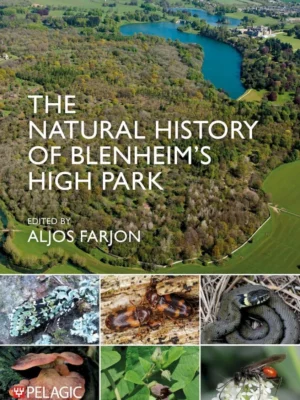
Book review: The Natural History of Blenheim’s High Park
Lists of sites important for conservation have been produced for over a hundred years, so it is not often that a place emerges into the top rank almost out of the blue, particularly not in lowland England. The park at Blenheim was designated as an SSSI in 1956, but while the citation from 1986 does
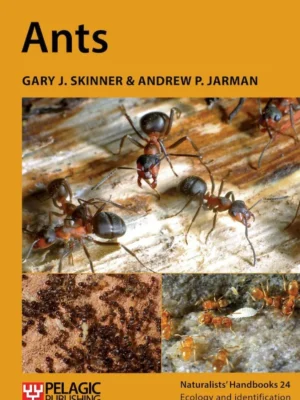
Book review: Ants. Second Edition
This book is a thorough reworking of the original Naturalists’ Handbooks volume 24, produced in 2013 by Gary Skinner and Geoffrey Allen. The greatly increased page count in this edition reflects the fact that both interest in our ant fauna and the amount of information we know about ants are far greater today than they
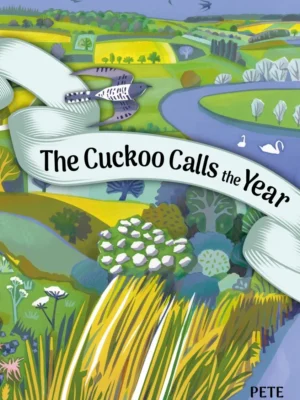
Book review: The Cuckoo Calls the Year
As the Scientific Officer of the Botanical Society of Britain and Ireland, Pete Stroh is no stranger to noticing, and reporting, the difficulties experienced by the British flora. But here he has a more optimistic goal: to spend a year ‘discovering what grows and hunts and flies and sings within walking distance of your home’.

Book review: Nature Needs You: The Fight to Save Our Swifts
Right about now, swifts will be scything their way through our summer skies. For writer and campaigner, Hannah Bourne-Taylor, who rushes out to greet them on their return, there is no better sight. After spending ‘around 6,500 hours’ on the wing, they slip back into our skies and into the walls of our homes to

Conservation News
This month's conservation news round up covers the UK ban on Sand Eel fishing, the governments rejection of mandatory swift bricks in new builds and the EU’s General Court declaration that Marine Protected Areas (MPAs) must be shielded from bottom trawling.

Wildlife Reports
This month’s wildlife reports cover a greater than usual presence of Red-footed Falcons, reported at over 80 sites and a number of weevils including Xenosacalles irlandikos, newly reported to the British list.
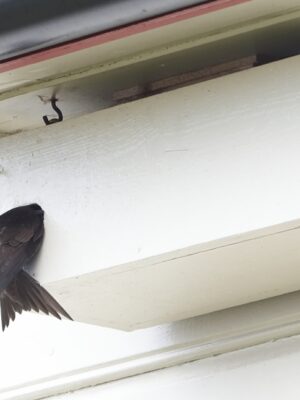
Habitat Management News
June’s habitat management news includes guidance on the best location for swift boxes and lessons in wetland restoration from Denmark.
You might also like

Receive all of the latest news and updates
Join the British Wildlife mailing list today.
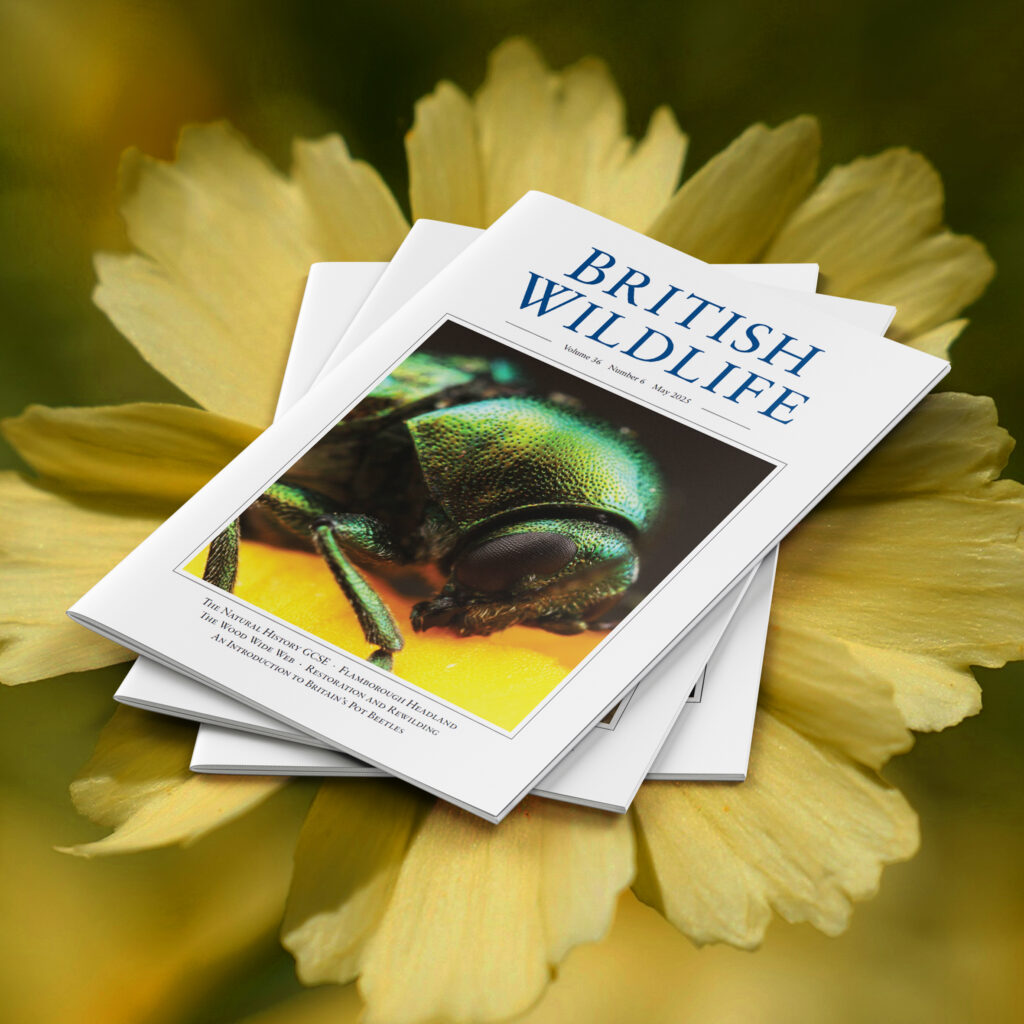




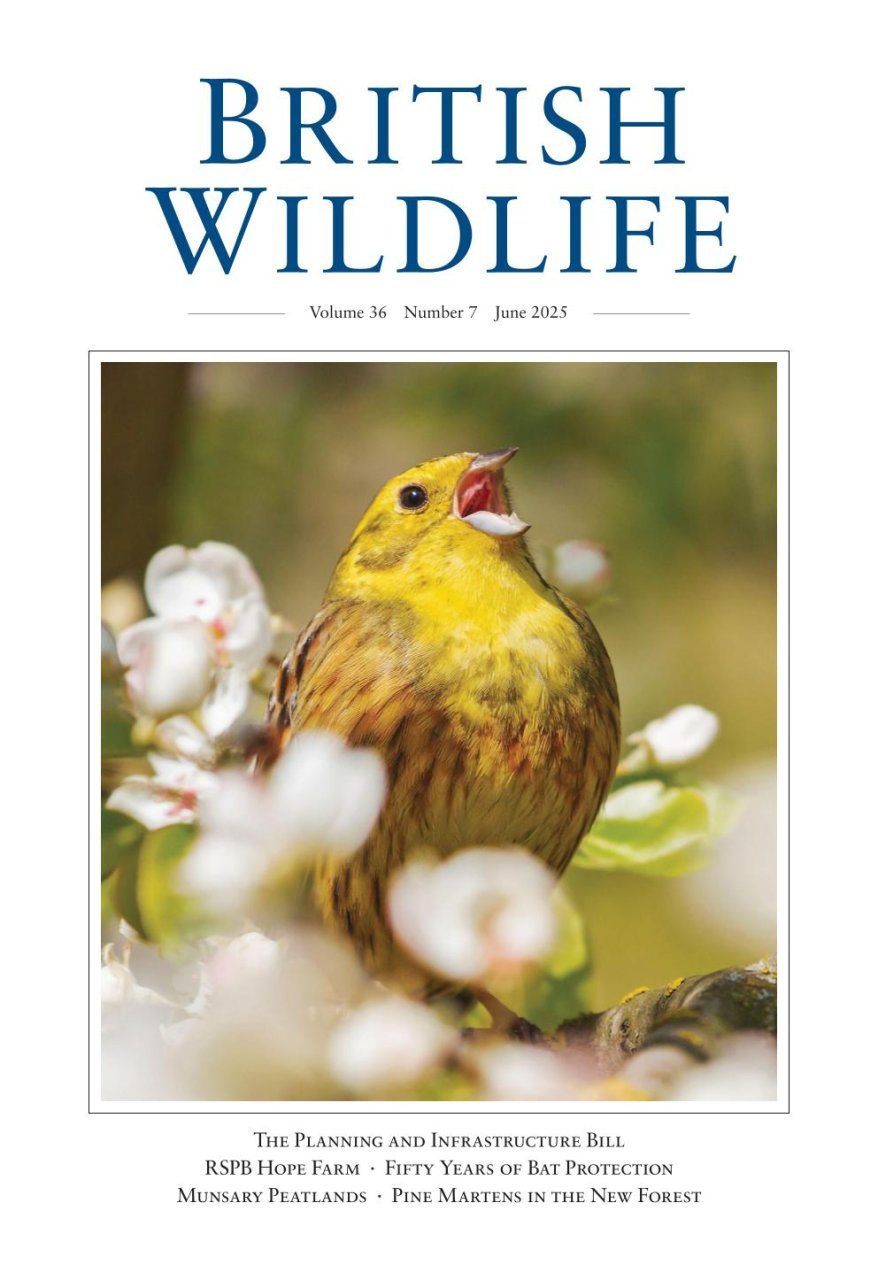
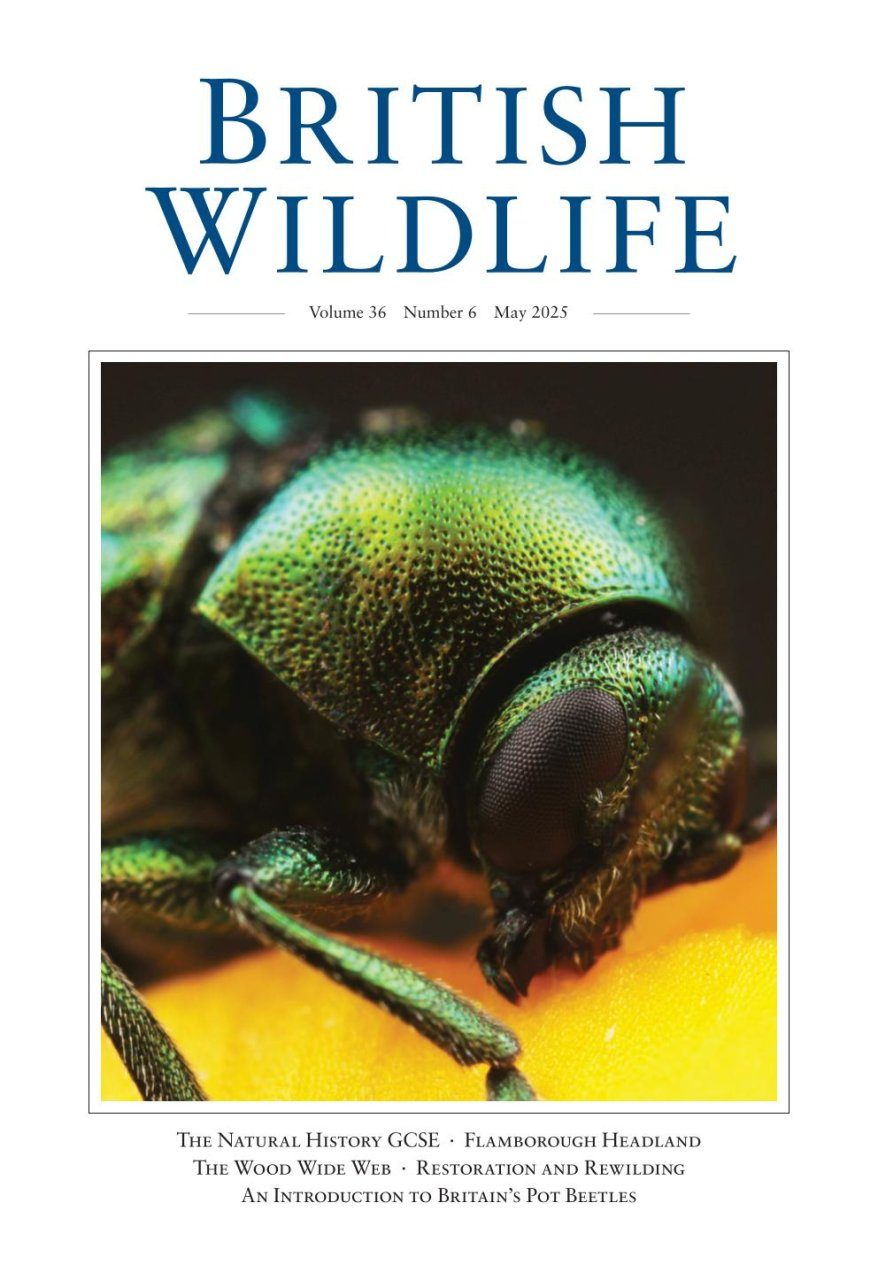
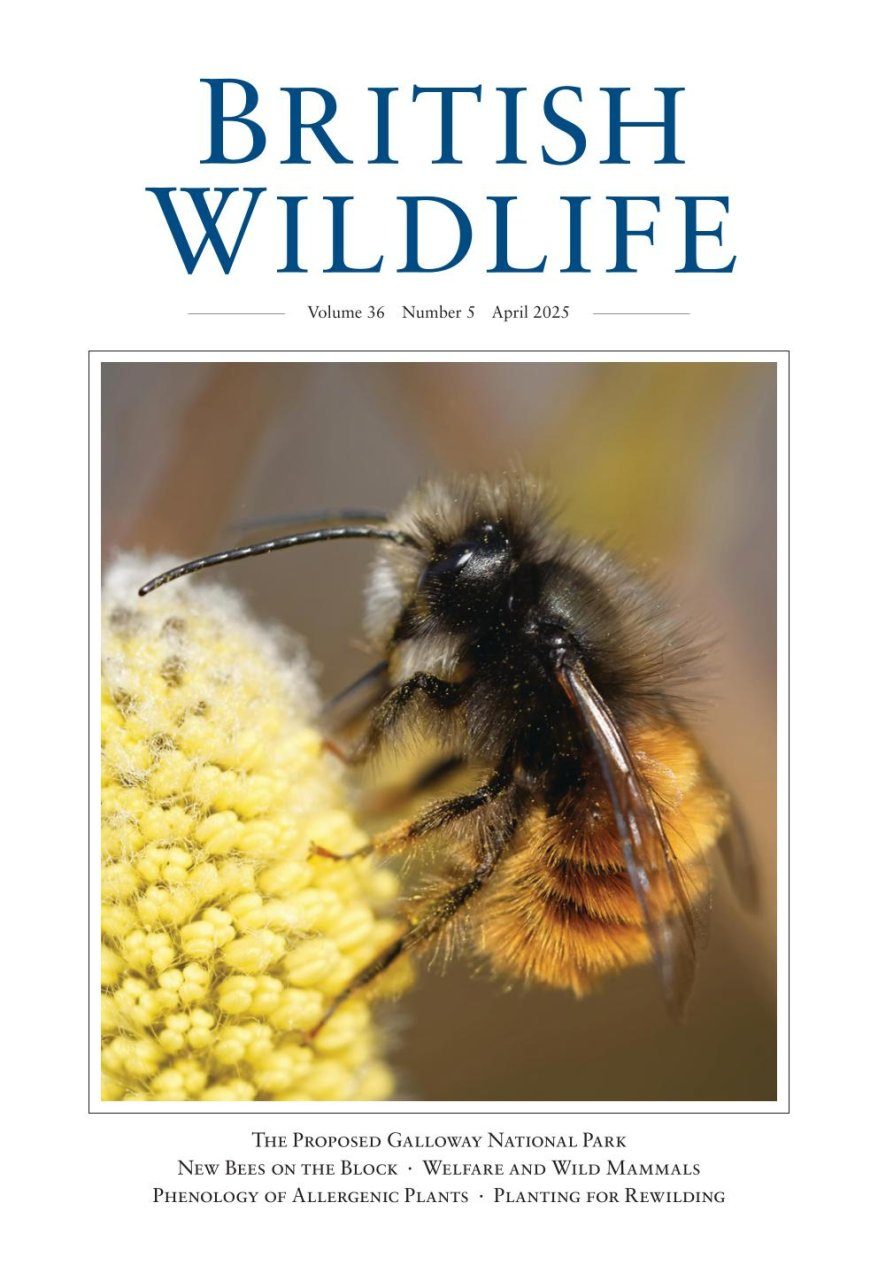
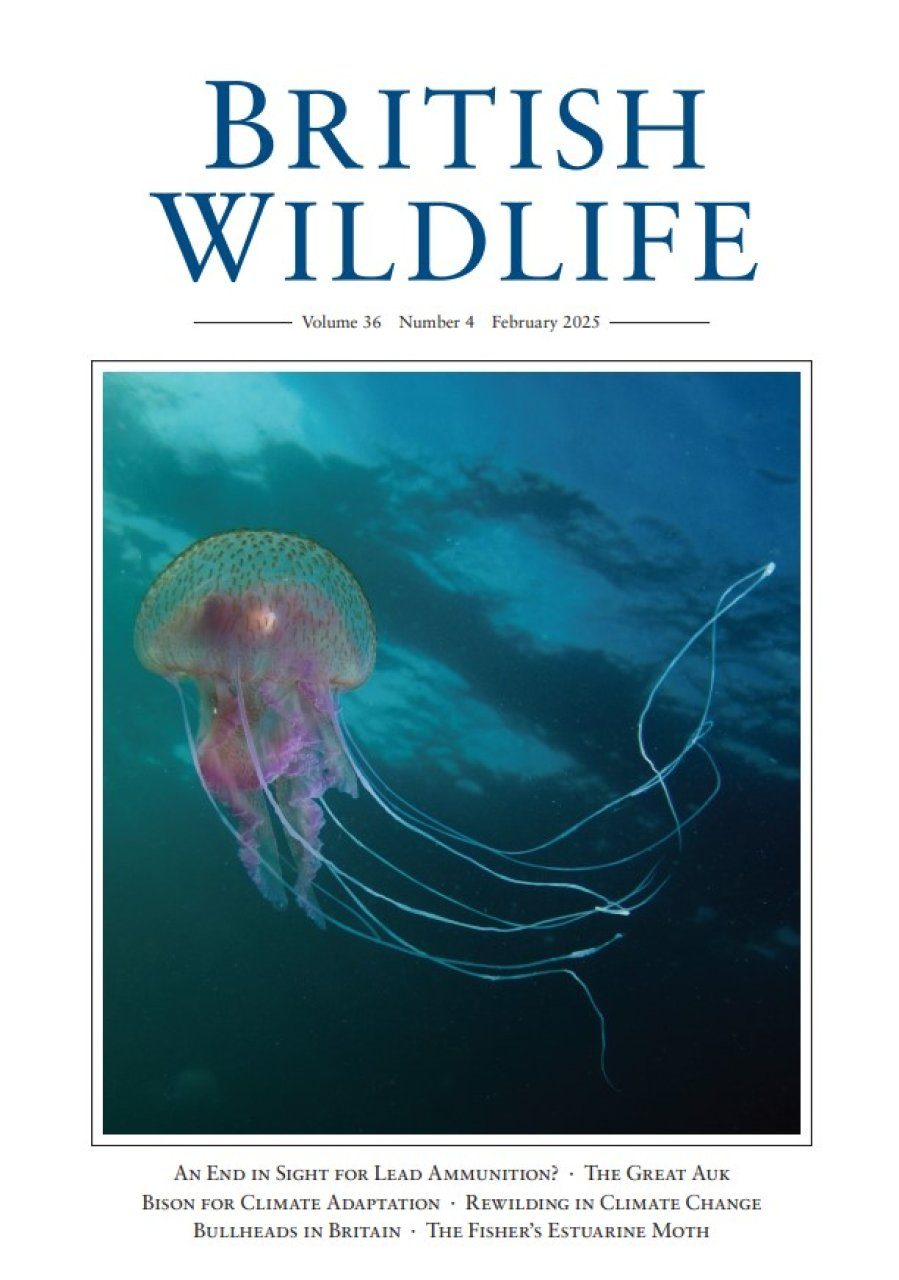
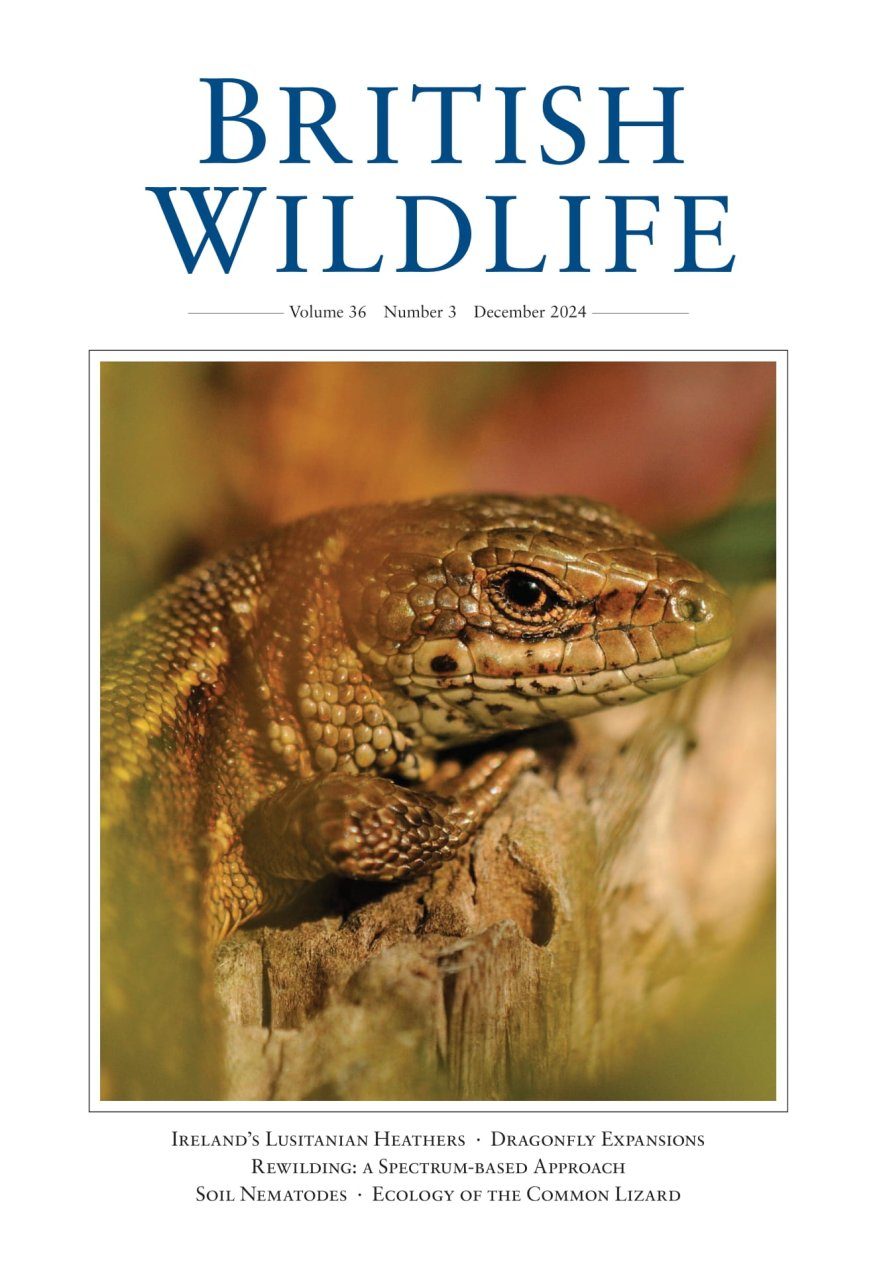
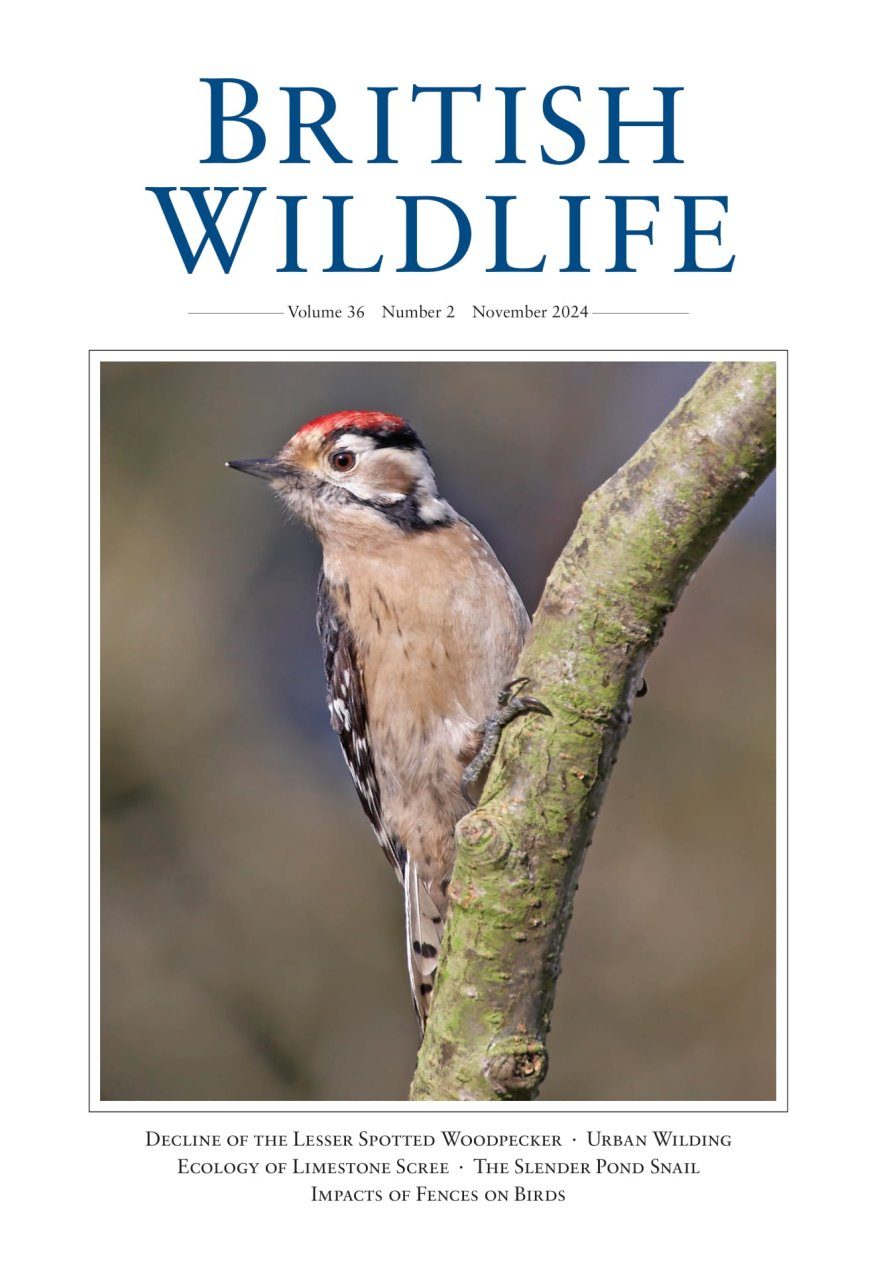
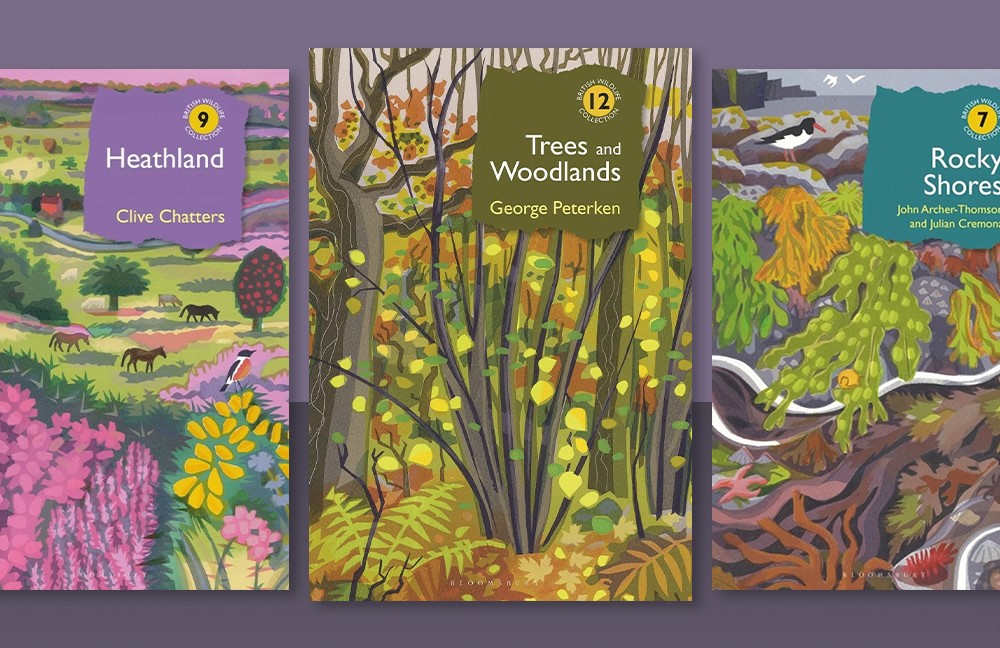


Comment: Will the Planning and Infrastructure Bill benefit nature?
Richard Benwell
See more